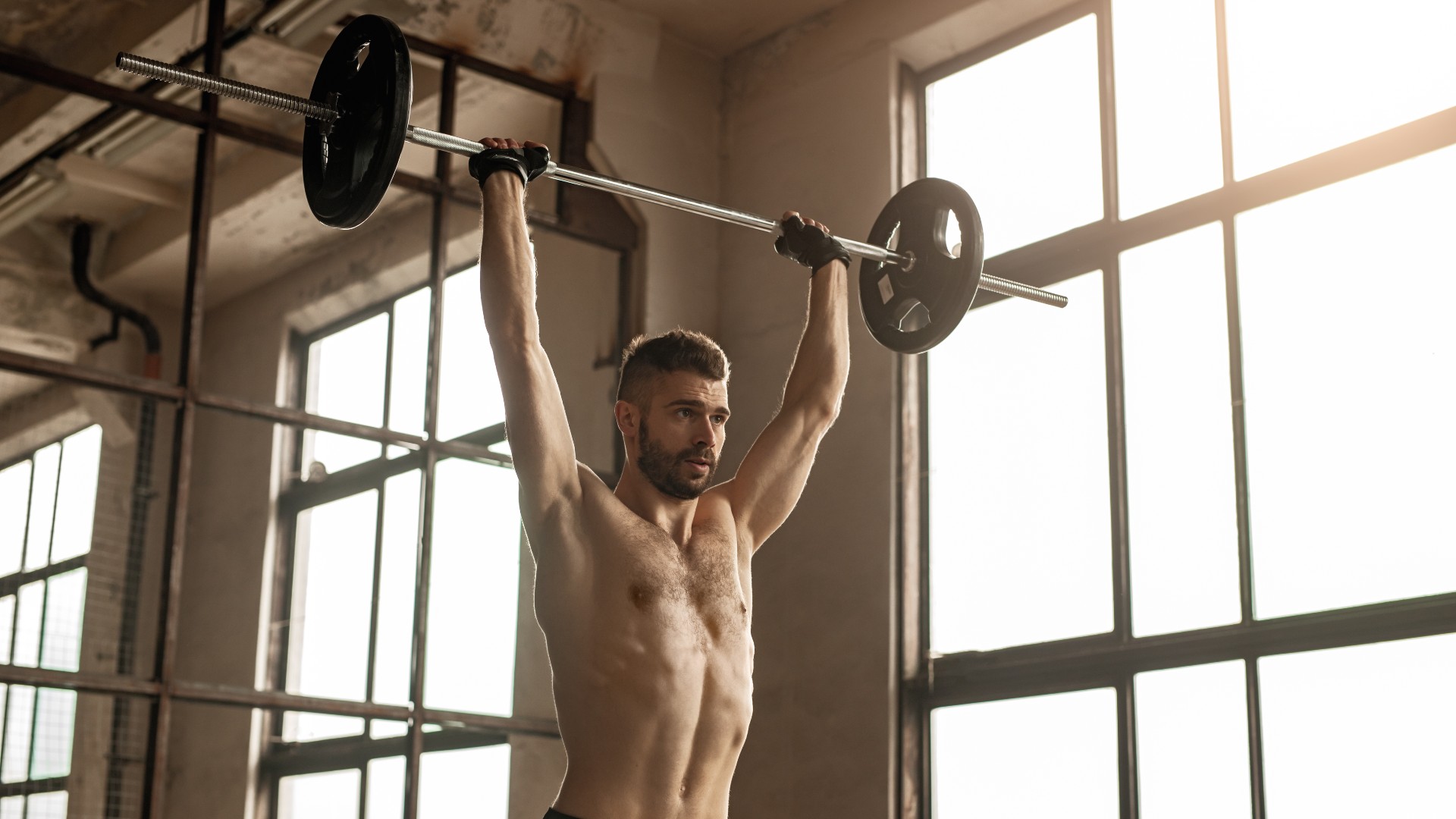
The overhead press, also known as the shoulder press or military press, appears to be a pretty simple compound exercise to learn — that means a multi-joint multi-muscle move — but it’s surprisingly easy to lift with bad form.
If you want to maximize the benefits of this weightlifting move, we recommend learning how to do it properly before the bad habits set in. And we’ve got a few tricks up our sleeves at Tom’s Guide to help you supercharge the muscle and strength-building benefits of the overhead press and its many variations.
The popular upper-body weightlifting exercise sits alongside the snatch, jerk, and clean and press as a group of lifts that involve whipping heavy weights above your head. If you’re new to the move or learning to level up technique, grab some of the best adjustable dumbbells, and let’s press on.
Benefits of the overhead press
As a compound exercise cropping up in functional training workouts, the overhead press is one of the big four lifts that hit multiple upper body muscles while strengthening your core. You could add the exercise to your upper-body routine or incorporate it into higher-intensity training like CrossFit or metabolic conditioning MetCon workouts (moving between high and low intensities) to improve muscular endurance.
Like the bench press (you can learn how to bench press here), the move recruits the upper pectoral muscles in your chest, anterior deltoids (the fronts of the shoulders), and triceps but also strengthens your upper traps. When done correctly, you can expect to develop maximal strength output just by pressing a weight from your chest to overhead.
It’s an exercise that adapts to all fitness levels, but if you’ve suffered from a shoulder injury (particularly your rotator cuff), we advise approaching with caution and speaking to your physician before trying a new exercise regime.
How to overhead press
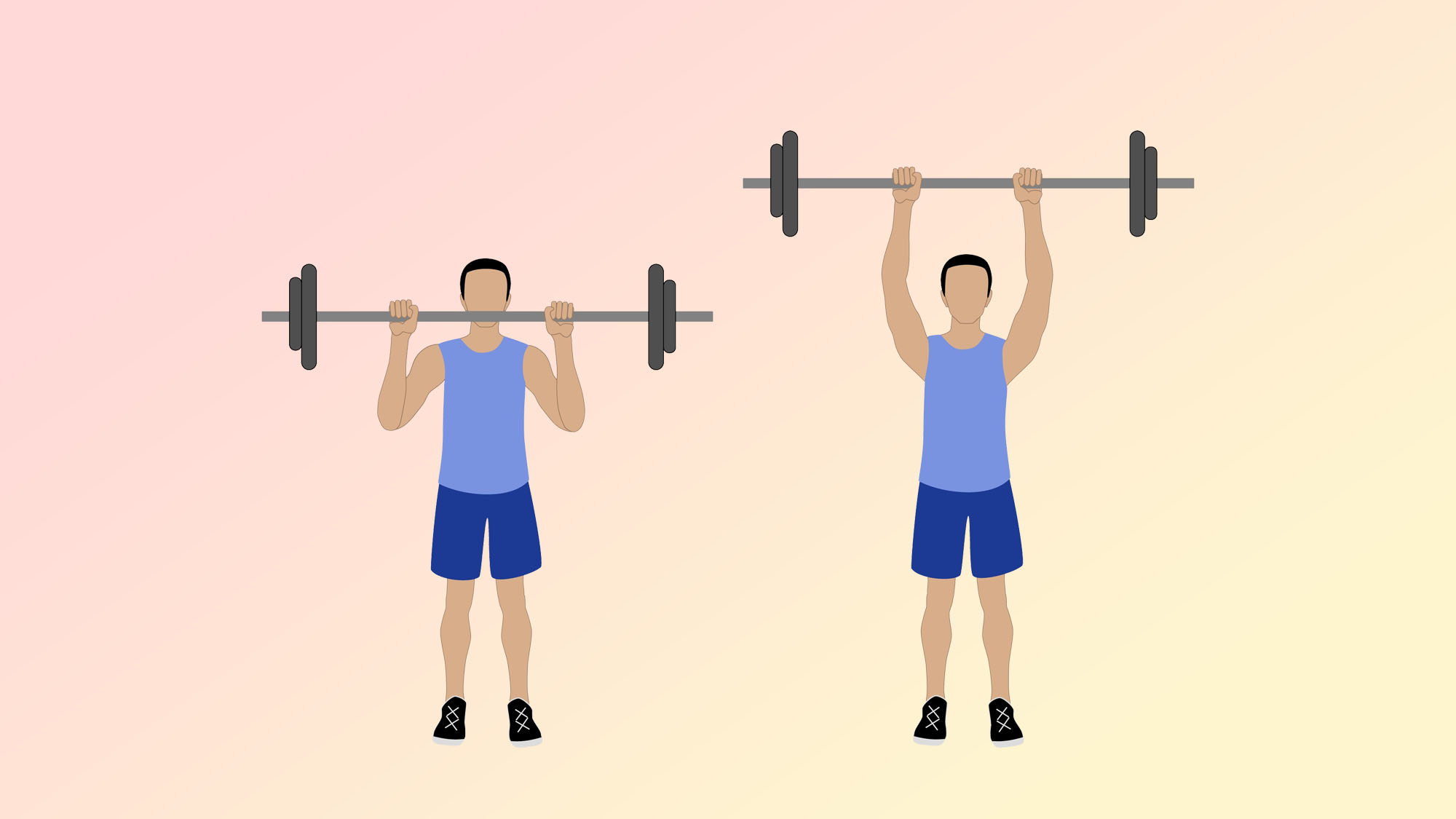
Simply press a barbell from your chest to an overhead position by extending your arms. Simple, right? Not quite. Your core muscles engage throughout to stabilize your torso, while your shoulders and arms will help drive the weight overhead. The move requires full-body engagement and can strengthen your hips and your legs. It’s a surprisingly technical foundational lift, so let’s break it down using a barbell example.
Sign up to get the BEST of Tom's Guide direct to your inbox.
Get instant access to breaking news, the hottest reviews, great deals and helpful tips.
How:
- Rack your barbell to collarbone height, or you can start from the floor and perform a clean (you can check out clean and presses here)
- Stand with your feet hip-width apart and hold the bar shoulder-width apart in an underhand grip at your chest
- Engage your core and draw your elbows slightly forward
- Take a deep breath, then as you exhale, drive the weight overhead and lock out your arms at the top
- Keep your knees gently bent, squeeze your shoulder blades together, and avoid arching your lower back
- Lower the barbell with control back down for one rep.
Tips:
Create a shelf for the weight in the overhead position by pulling your shoulders down. Slightly push your head through your arms, with both biceps close to your ears. If you can’t visualize it, then imagine placing the bar on an imaginary shelf behind you.
Practice with the bar first before adding weight. If you’re new to the move, be aware that most barbells start at 15 to 20kg (33-44 lbs), so you could also practice with resistance bands, dumbbells, or kettlebells to build strength first.
A wider stance will take pressure off the core and onto your shoulders, while a wide stance provides more stability. Experiment with grip — everyone has different shoulder flexibility.
Barbell overhead press vs dumbbell overhead press vs kettlebell overhead press
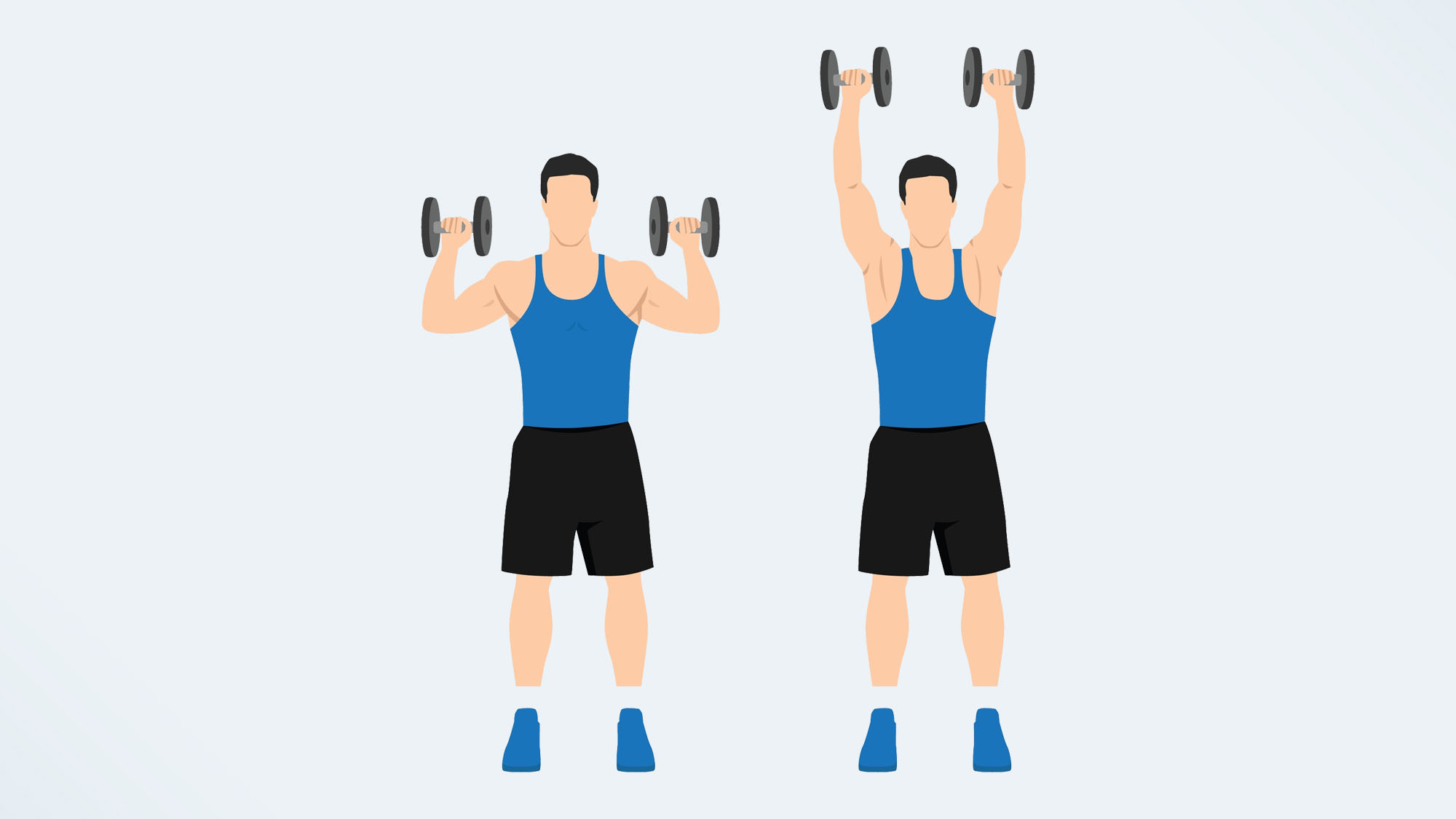
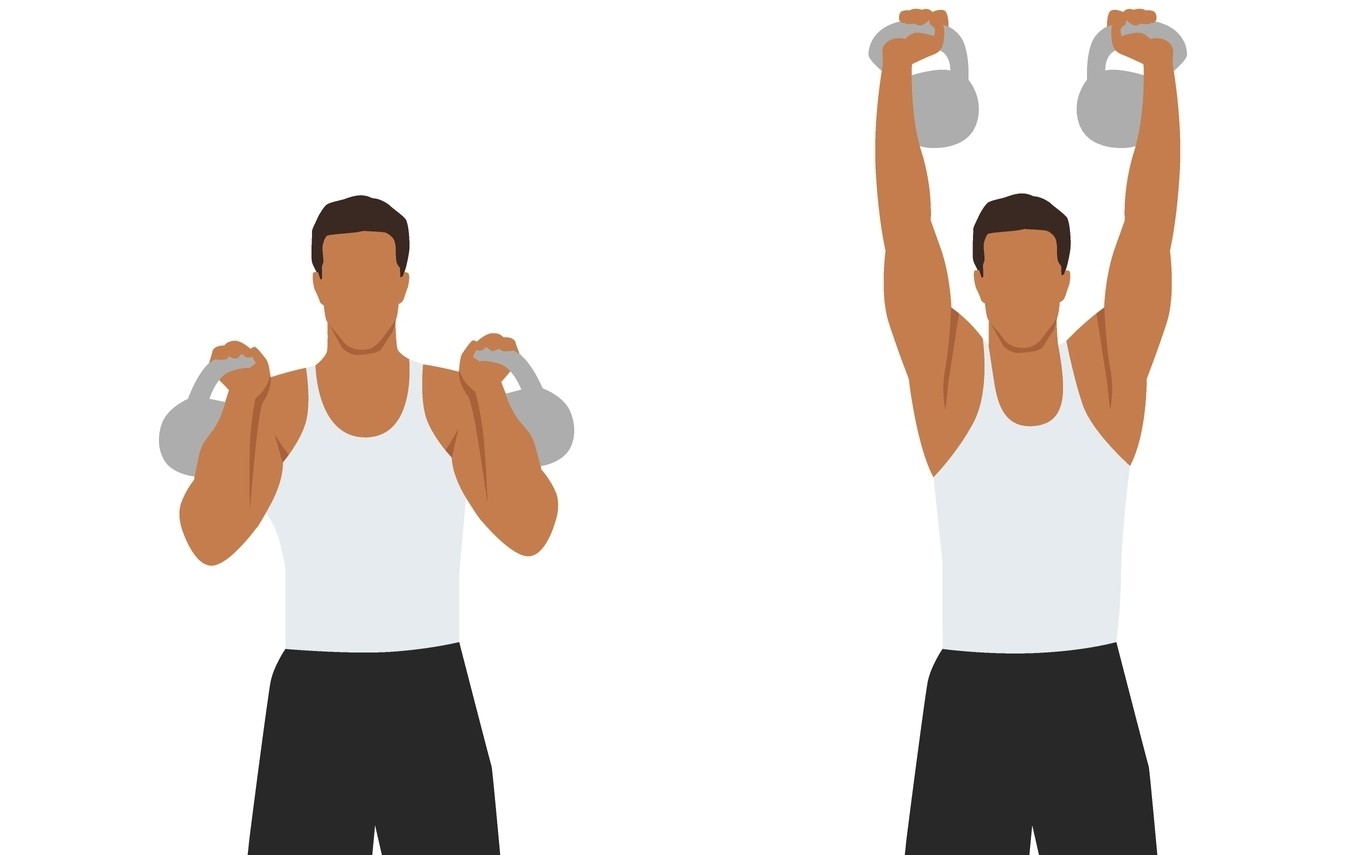
Free weights allow you to focus on one side at a time — perfect for beginners honing technique, addressing muscle imbalances, or building balance, coordination, and power.
The barbell overhead press should form your main lift in an upper-body workout, but it can be taxing on your nervous system due to the heavy loading and its explosive nature. Dumbbell and kettlebell variations can be used as assistance lifts or replace barbells as a main lift, allowing you to scale weight easily.
Dumbbell and kettlebell variations are very similar, except for hand positioning. Kettlebells and dumbbells will give you a better degree of movement in the shoulder, and you can either choose the palms away grip or rotate your palms to face each other in a neutral grip. If the barbell is too heavy, try using one or two dumbbells or kettlebells first.
Standing vs. Seated
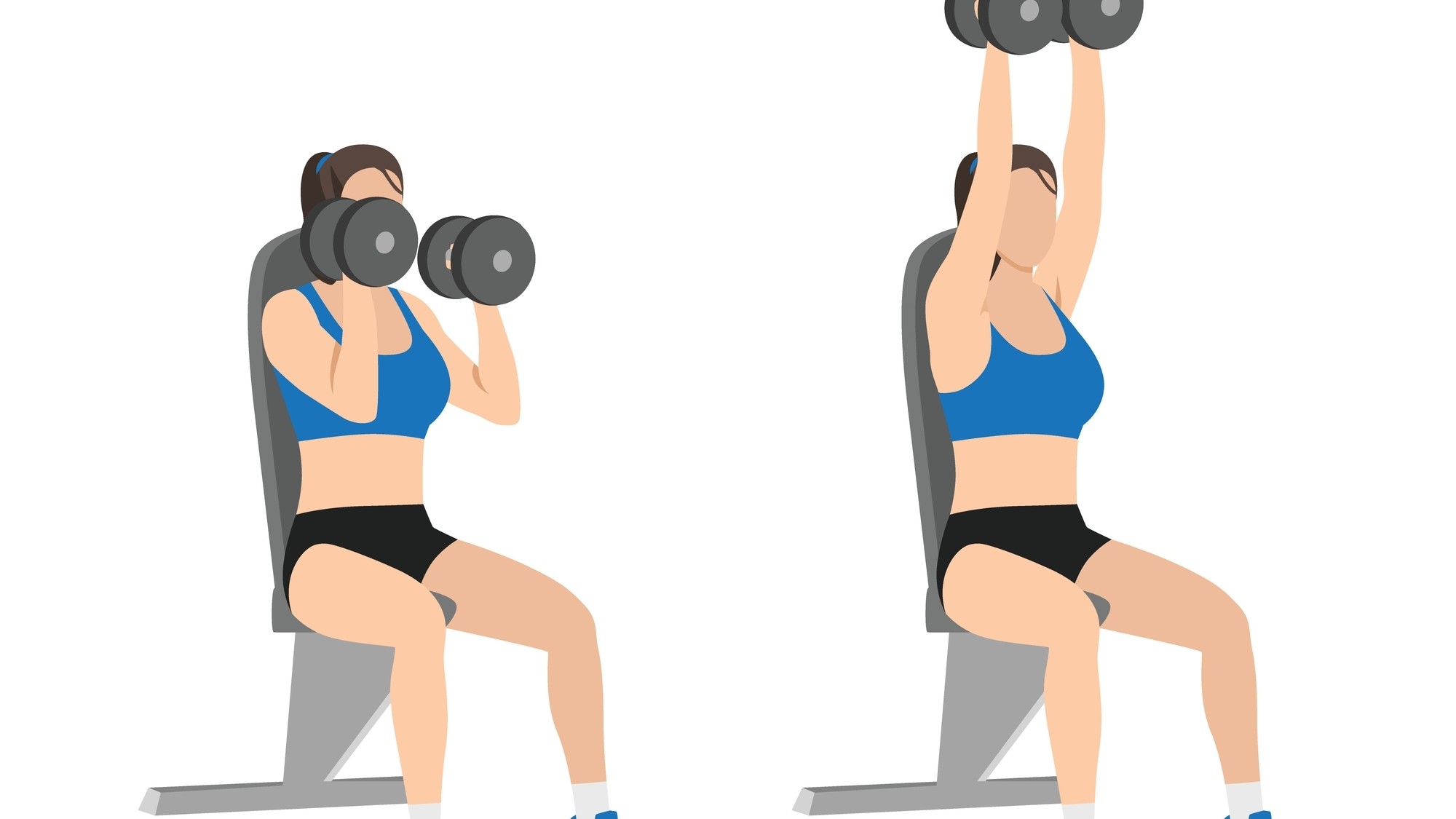
The main difference is that the standing overhead press recruits more muscles. You can argue that the seated overhead press requires more strength and core stability because your legs can’t help drive the move, but that only applies if you don’t use a backrest for extra support. To focus more on the shoulders, try it seated and push your lower back into an upright bench, focusing on form and control.
There are many variations of the overhead press. Some people prefer the middle ground and opt for a kneeling press (both knees down) or half kneeling (one knee down), which comes down to personal preference.
Three overhead press variations to try
Here are three overhead press variations we love.
1. Z press
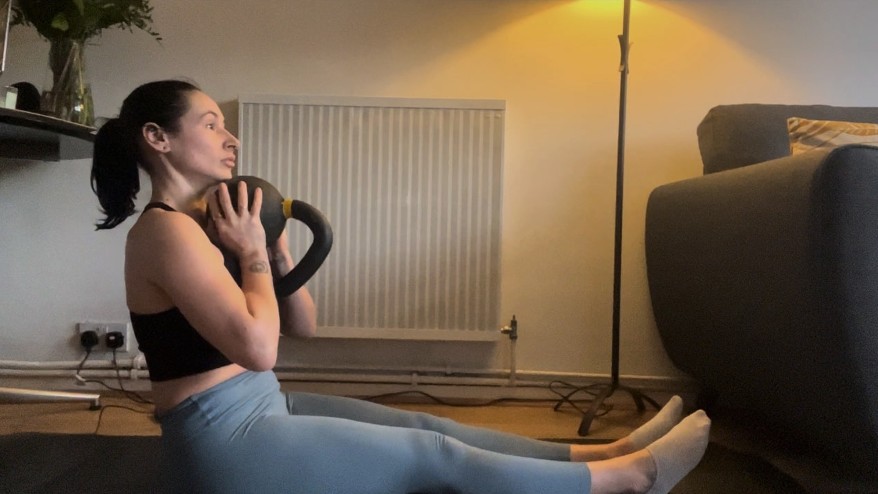
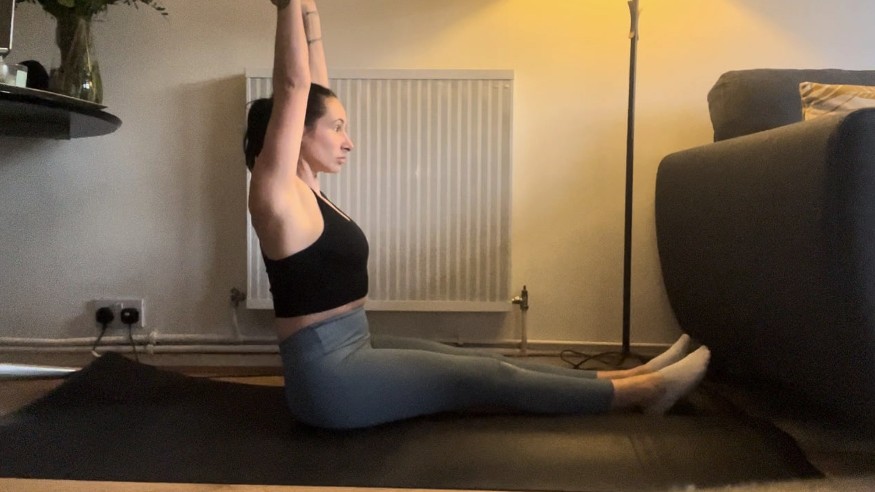
The move targets your triceps, anterior deltoids, pectoral muscles, and core. But crucially, it requires plenty of stability and control from your shoulders, meaning your rotator cuff muscles must work harder. I did the Z press every day for a week, here’s what happened to my shoulders and how to do it with perfect form.
2. Arnold press
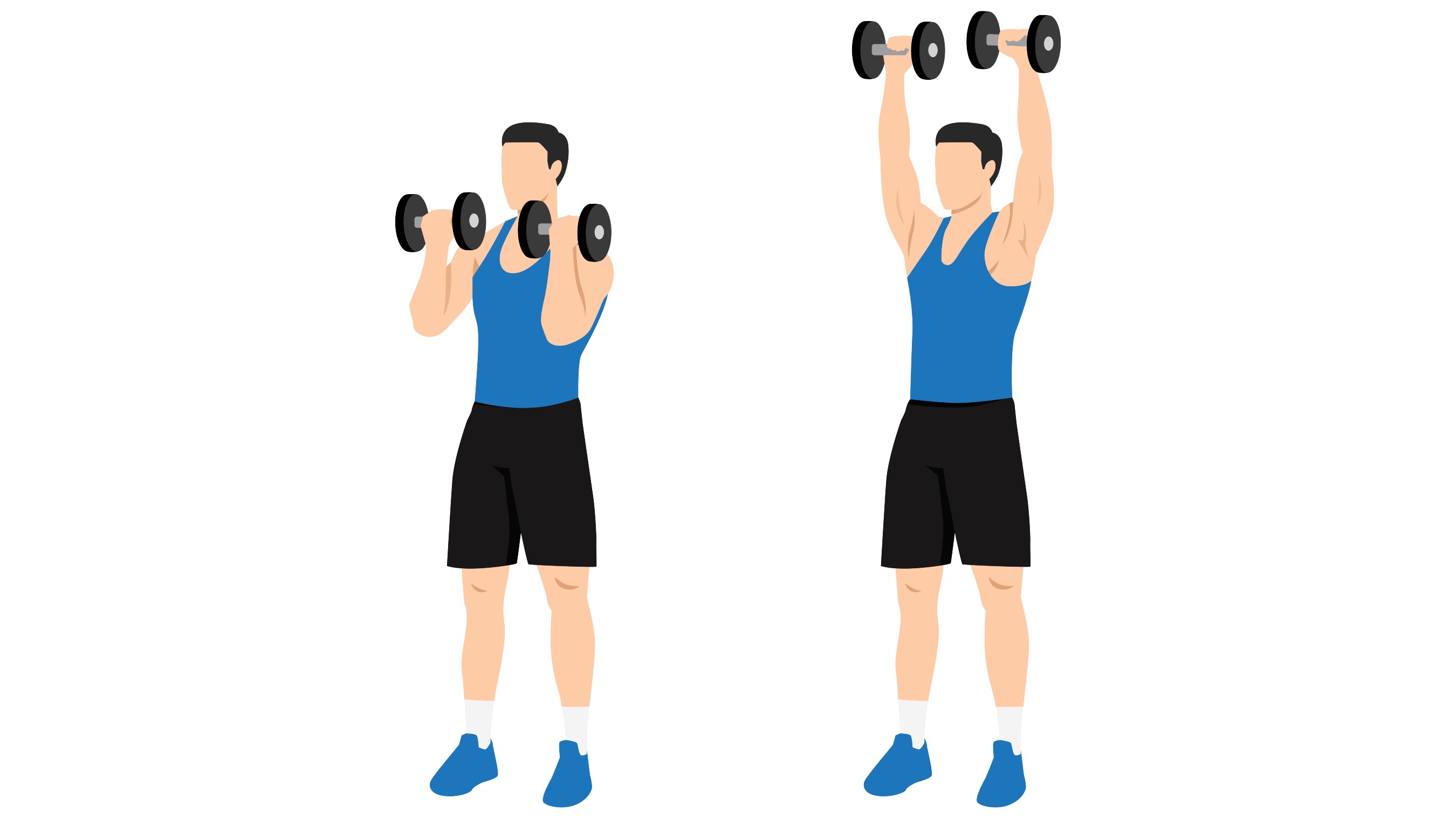
The Arnold press works all three deltoids (shoulder heads) — frontal, lateral, and rear. The unusual movement pattern, designed by Arnold Schwarzenegger, recruits more frontal muscles simply by rotating your palms from inward-facing to outward-facing as you press upward and works your muscles for longer so that you can build more for less. Here’s how to do an Arnold press and what happened when I did 50 Arnold presses every day for a week.
3. Push press
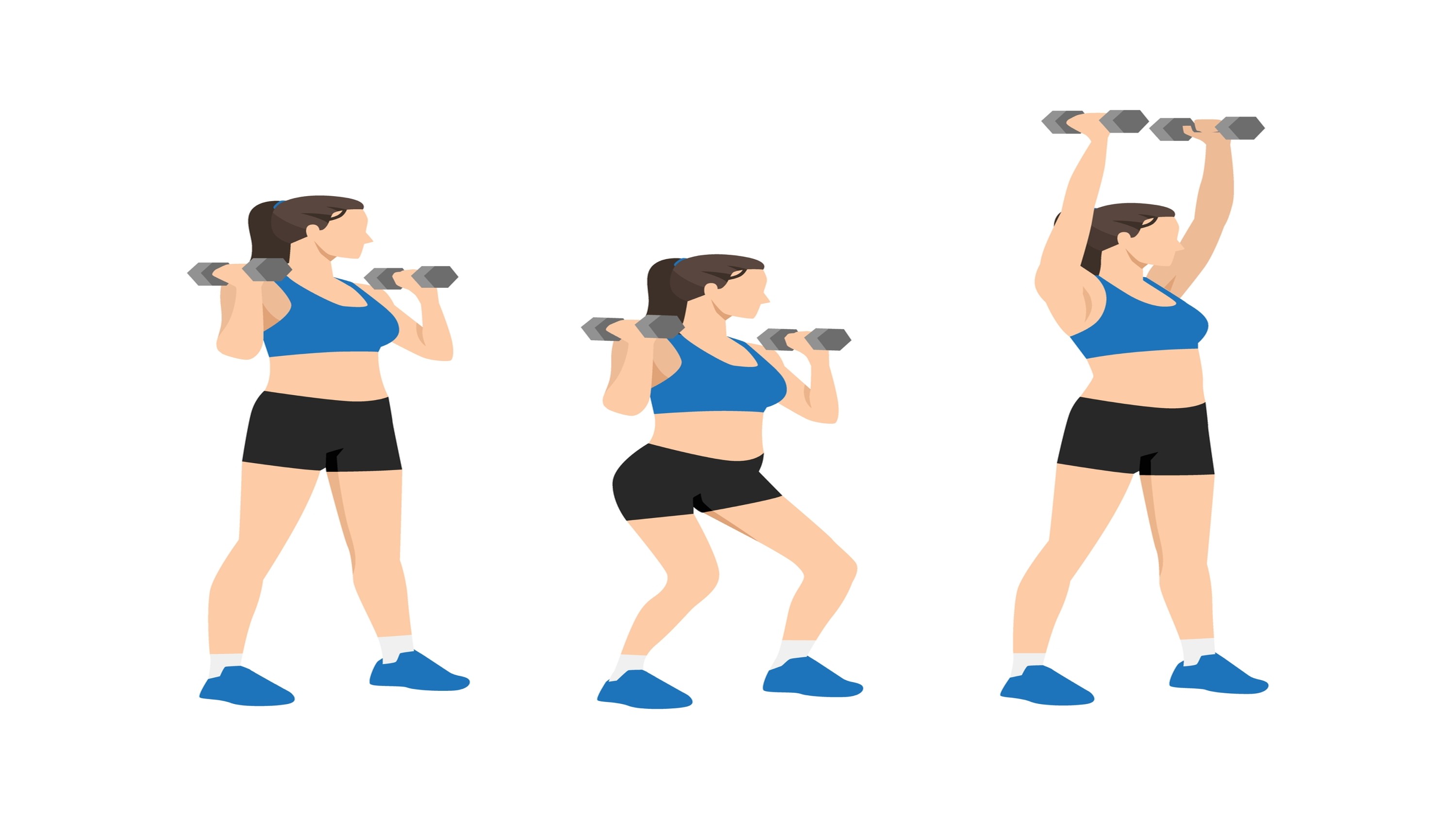
The push press is a standing overhead press with a touch more help from your legs. As you push the weight overhead, you will slightly bend your knees and use the power from your legs to help drive the weight up in one move. It gets its name simply for the extra push power from your lower body and helps when lifting heavier loads. However, a strict press (without your legs) should help develop better upper-body strength, core engagement, and power.
More from Tom's Guide

Sam Hopes is a level 3 qualified trainer, a level 2 Reiki practitioner and fitness editor at Tom's Guide. She is also currently undertaking her Yoga For Athletes training course.
Sam has written for various fitness brands and websites over the years and has experience across brands at Future, such as Live Science, Fit&Well, Coach, and T3.
Having coached at fitness studios like F45 and Virgin Active and personal trained, Sam now primarily teaches outdoor bootcamps, bodyweight, calisthenics and kettlebells.
She also coaches mobility and flexibility classes several times a week and believes that true strength comes from a holistic approach to training your body.
Sam has completed two mixed doubles Hyrox competitions in London and the Netherlands and finished her first doubles attempt in 1:11.
